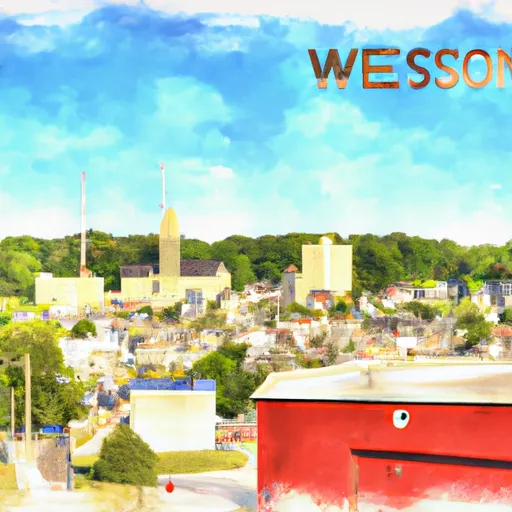°F
°F
mph
Windspeed
%
Humidity











Eastman is a small town in southwestern Wisconsin with a humid continental climate characterized by cold winters and warm summers. The town is surrounded by several streams, including the Kickapoo River, which flows through the town and provides opportunities for fishing, kayaking, and canoeing. The area is also known for its karst topography, featuring many underground caves and springs. The hydrology constituents in the area include sediment, nutrients, and bacteria, which can impact the water quality. Outdoor enthusiasts can explore the nearby Kickapoo Valley Reserve, which offers hiking and biking trails, hunting areas, and camping facilities. Overall, Eastman is a charming town that offers outdoor recreation opportunities and a unique natural environment to explore.
Weather Forecast
Eastman receives approximately 861mm of rain per year, with humidity levels near 80% and air temperatures averaging around 9°C. Eastman has a plant hardyness factor of 5, meaning plants and agriculture in this region thrive during a short period during spring and early summer. Most plants will die off during the colder winter months.
Regional Streamflow Levels
2,670
Cubic Feet Per Second
577
Cubic Feet Per Second
10
Cubic Feet Per Second
181
Cubic Feet Per Second
Nearby Camping
| Camping Area | Reservations | Toilets | Showers |
|---|---|---|---|
| Lake Charlie Capps | |||
| Lake Chicot State Park | |||
| Merrisach Lake Park - Merrisach Lake | |||
| Grand Gulf Military Park | |||
| Warfield Point Park | |||
| Chicot County RV Park |



